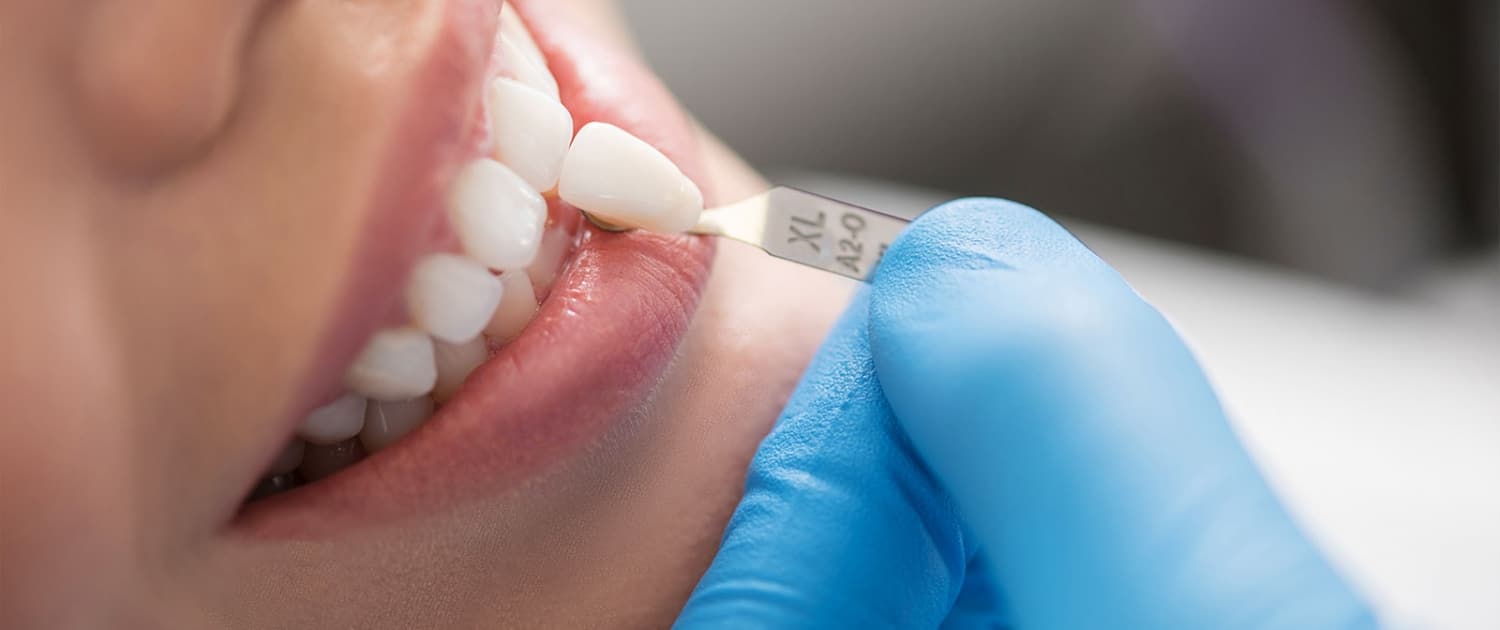Dental Crowns and Bridges Libertyville, IL
If you’re like many people, you’re familiar with dental crowns and bridges but may be unsure of what they actually are unless you or someone close to you has had the procedures performed.
Dental Crowns
Otherwise known as caps, dental crowns are fixed prosthetic devises designed to restore the original shape and appearance of damaged teeth. The advantages aren’t all cosmetic, however — dental crowns also serve to provide teeth with added strength.
Who Needs Crowns?
Dentists recommend crowns for a variety of conditions. The most common reasons for needing crowns include cracked or chipped teeth, advanced cases of tooth decay that can’t be successfully treated by installing a filling, and to provide support for bridgework. Crowns are also used to restore an attractive appearance to teeth that have become severely discolored or have become worn down due to conditions such as acid reflux disease, an overly acidic diet, or bulimic disorder. Crowns are also sometimes used to cover implants.
Crowns completely encase the surface area of the tooth up to the gum line. They are constructed from a variety of durable materials such as porcelain, ceramic, and metal that can hold up to the everyday demands of natural teeth. Your dentist will make an impression of your tooth or teeth that need crowns and send it to a dental laboratory so that they can make the crown. A temporary crown will be put in place to protect your tooth while waiting for the permanent crown to be made.
After the laboratory sends the crown back, your dentist will perform an in-office procedure in which the crowns are installed using dental cement. Dental crowns are designed to present a natural appearance and to promote the structural integrity of the mouth.
Dental Bridges
Dental bridges are a restorative option for those with missing teeth. They provide a quick, cost-effective solution for those with gaps between their teeth. They are comprised of two or more crowns, which are placed on the teeth on each side of the gap, and false teeth known as pontics. Pontics can be made from porcelain, gold, or alloys or various combinations of these materials.
Who Needs Bridges?
Those who can potentially benefit from dental bridges include people who want to restore the appearance of their smile and those desiring to regain the ability to chew their food, speak, and restore their former facial structure. Dental bridges also help keep the rest of the teeth from drifting out of their position.
The benefits of dental bridges include their natural appearance, the fact that they don’t need to be removed in order to be cleaned, and that they’re less invasive than dental implants. There are three different types of dental bridges. The most commonly used one is the traditional bridge, which is attached to crowns or implants on both sides of the gap. Those who only have adjacent teeth on one side of the gap can be fitted for a cantilever bridge, although this option isn’t nearly as strong as a traditional bridge. The third type, bonded bridges, is a false tooth made with resin or porcelain with wings on either side to hold it to the surrounding teeth.
If you’ve got questions about crowns, bridges, or any other dental procedure, please feel free to contact our office for an appointment at your convenience.


